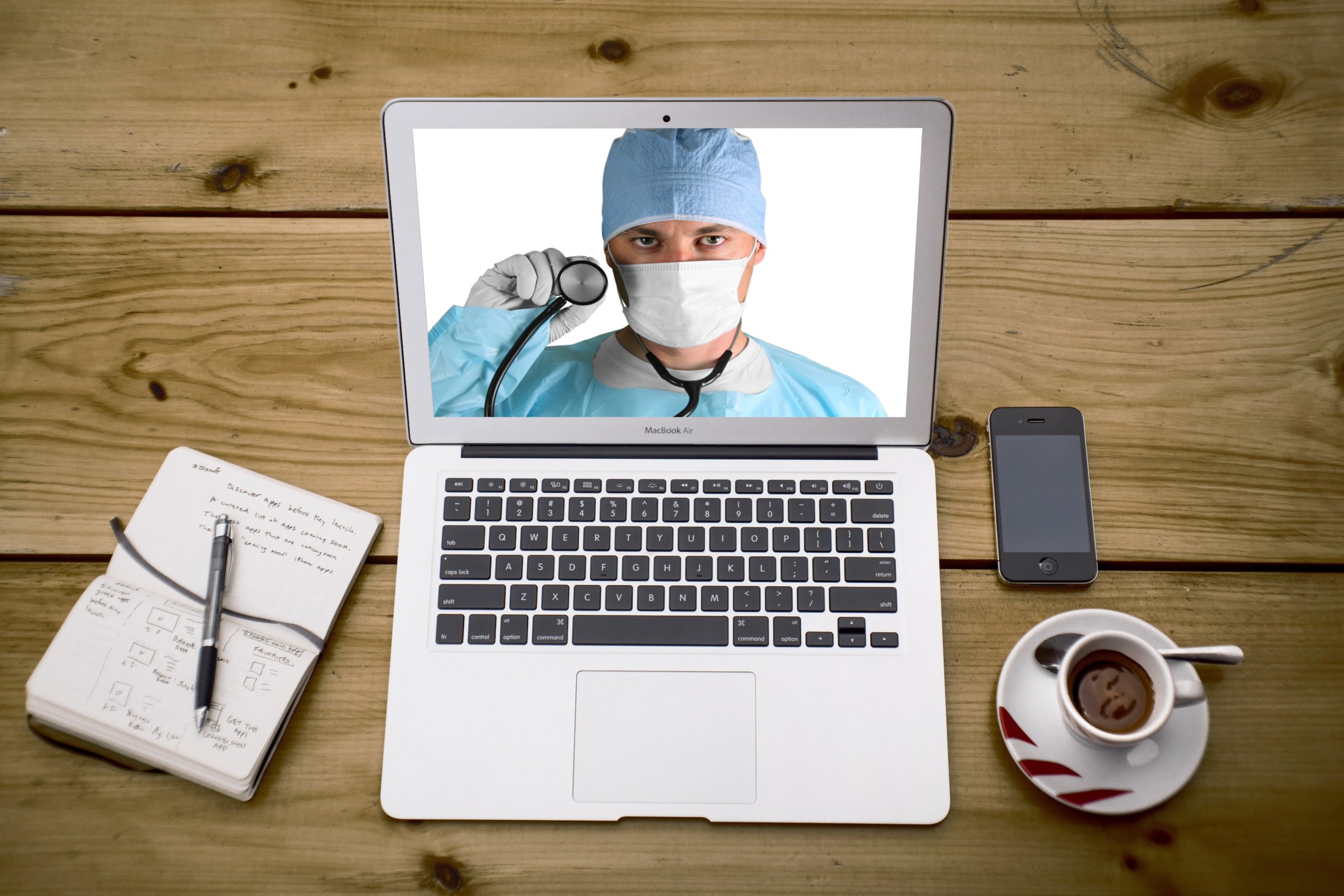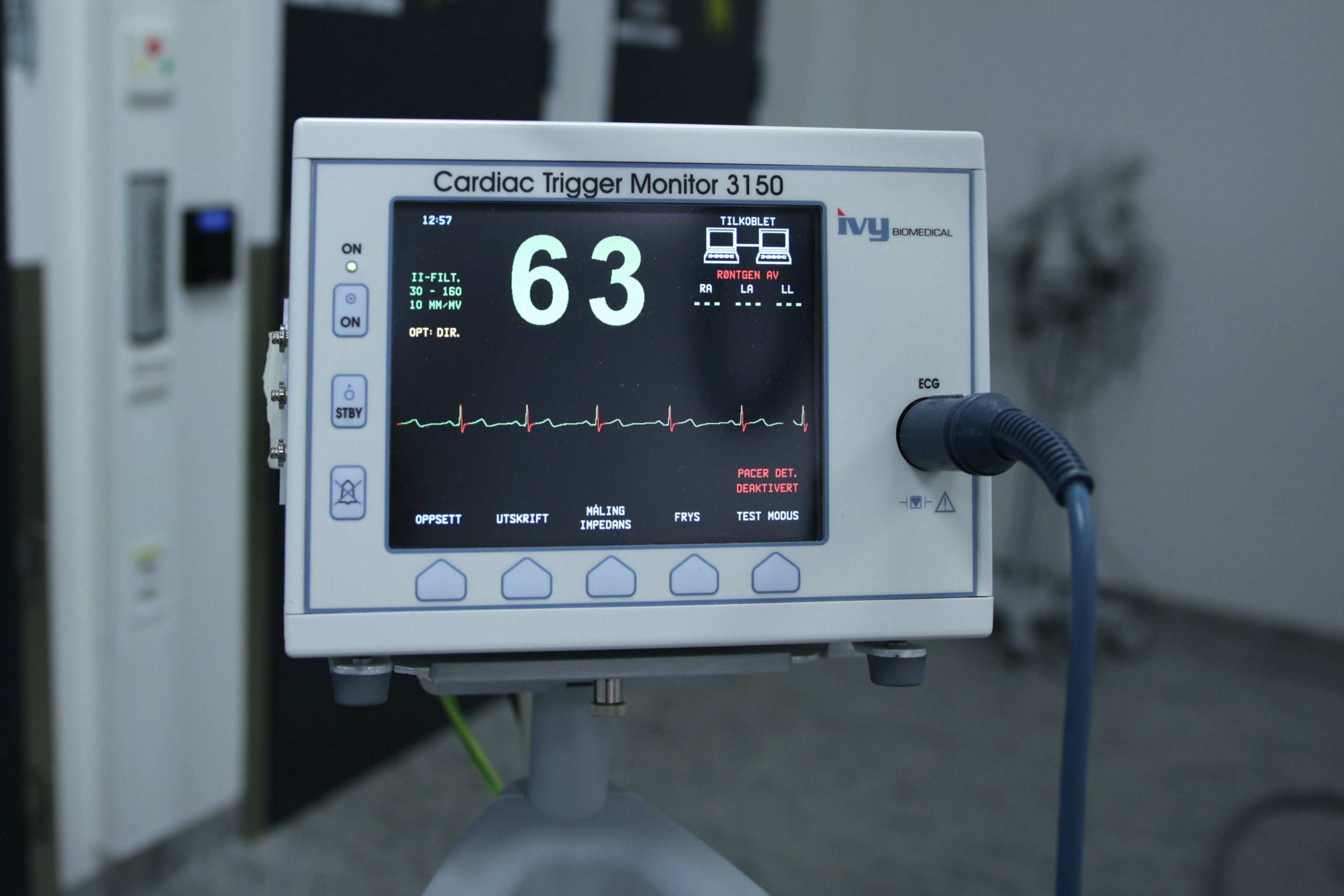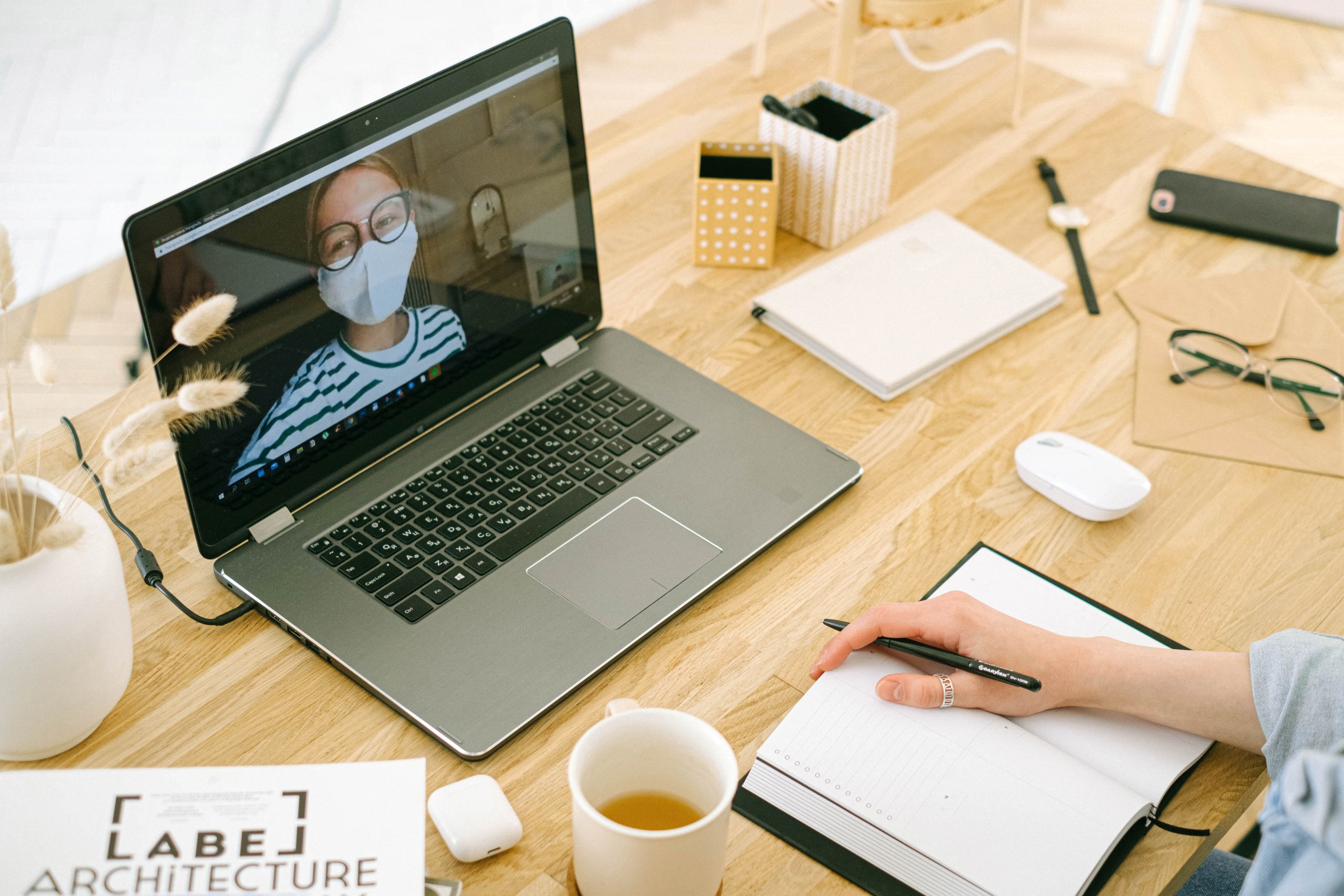
Telemedicine is opening up new avenues for patients to connect with providers and receive the treatment they need. And at the forefront of this revolution is the Internet of Things (IoT).
IoT development is enhancing remote medicine by helping stakeholders achieve a quality of care that’s potentially better than in-person options. From preventive care to real-time monitoring, let’s take a look at some of the unprecedented ways it’s doing this.
IoT Is Empowering Our Elders
It’s completely understandable that many people would rather age in their homes instead of at assisted living facilities. But aging in place (i.e., at home) carries some caveats. To do so successfully, one must be aware of the resources they have at hand, such as meal delivery services or community social groups.
IoT and health tech development will play a vital role in making the aging process more hassle-free. For example, with voice-activated smart speakers, elders can control environmental aspects such as lighting and temperature without much movement required. They can also use these devices to save themselves a trip to the store by ordering the things they need with a simple vocal command.
Telemedicine is also helping to streamline medication adherence. Non-compliance with medicine schedules is a huge problem — roughly 50% of people do not take their medicine as prescribed. Each year, this leads to 125,000 preventable deaths and approximately $300 billion in avoidable healthcare costs.
Many innovators are working on solving this with smart medication bottles or bottle caps that connect to an app. From there, the app reminds people when to take their medicine, warns them against double doses, and notifies caregivers or loved ones if a dose is missed.
And some ambitious organizations are even taking this concept a step further with ingestible medication-tracking devices. The U.S. Food and Drug Administration (FDA) approved the first of these in 2017 for people using Abilify, a prescription drug that treats mental health issues like depression. The pills have sensors that allow patients and caregivers to more accurately track when they take medicines.
Streamlining Data From Medical Devices
One of the biggest and most obvious limitations of telemedicine is the distance between doctors and patients. For instance, if a physician notices a person has pale, sweaty skin or a rash, they cannot measure their heart rates or blood pressure for more information to deduce the cause. One way around this is to ask the patient to measure biological parameters themselves.
CyberMed is a company that’s working on simplifying this by blending IoT and telemedicine in a way that people can easily use medical devices once reserved for professionals. Essentially, patients buy items like pulse oximeters or stethoscopes and then utilize them during their telemedicine check-ups. The collected data then gets sent to the doctor via the cloud for almost-instantaneous analysis and evaluation.

It’s important for the wearablity or usability of these devices to be as simple and natural as possible. After all, incorrect use will only result in misleading information or low data quality. Tutorials and coaching from doctors can alleviate this problem. CyberMed circumvents this by enabling doctors to gather data without requiring the patient to be constantly using the device.
Thanks to recent advancements in telemedicine and IoT, driving to the doctor and waiting in the lobby may soon become a rarity. People now have more options than ever before for receiving treatment and consultation without ever having to leave their homes.
Remote Monitoring Offers Peace of Mind
Real-time monitoring isn’t a new paradigm; you can find it present in every medical facility already. And it has even achieved some remote capabilities as well. For instance, if a patient is at risk of cardiac arrhythmia but the doctor doesn’t detect it during a visit, the patient may be instructed to wear a Holter monitor to detect abnormalities over time.
IoT is taking this to a whole new level by giving patients even more control over their health in between trips to the doctor. With wearables like the Apple Watch, people can now monitor their own hearts for certain abnormalities. Technologies like this allow people to avoid unnecessary, expensive trips to urgent care facilities by giving them an accurate picture of what’s going on. From there, the patient can opt to consult their own physician via telemedicine.
CliniCare is a company that’s similar to CyberMed in that they sell medical devices like thermometers and stethoscopes for home use. But they differ by focusing on taking a more proactive approach before telemedicine appointments need to take place. CliniCare products connect to a mobile app that measures biological parameters such as body temperature and heart rate.
If a person grows concerned about their health data, they can then schedule a telemedicine visit. CliniCare’s app will then seamlessly transmit its data to the telemedicine provider.
Better Healthcare, Wherever You Are
Telemedicine has radically changed healthcare by opening up opportunities for patients to access providers they would never be able to before. A patient in New York City can get connected to a specialist in San Diego to get the specific treatment and help that they need.

Before, patients would avoid a trip to the doctor for a variety of reasons: scheduling conflicts, inability to pay for services, and feeling too ill to travel name just a few. But telemedicine and IoT are breaking down these barriers to bring each of us better, healthier days.





